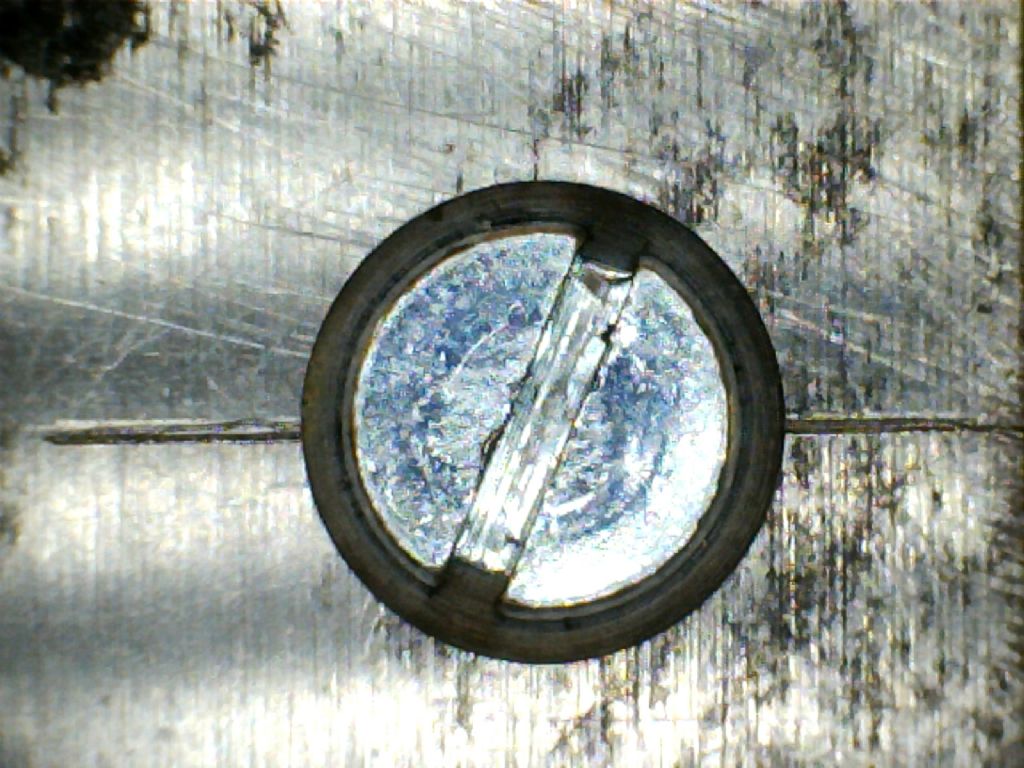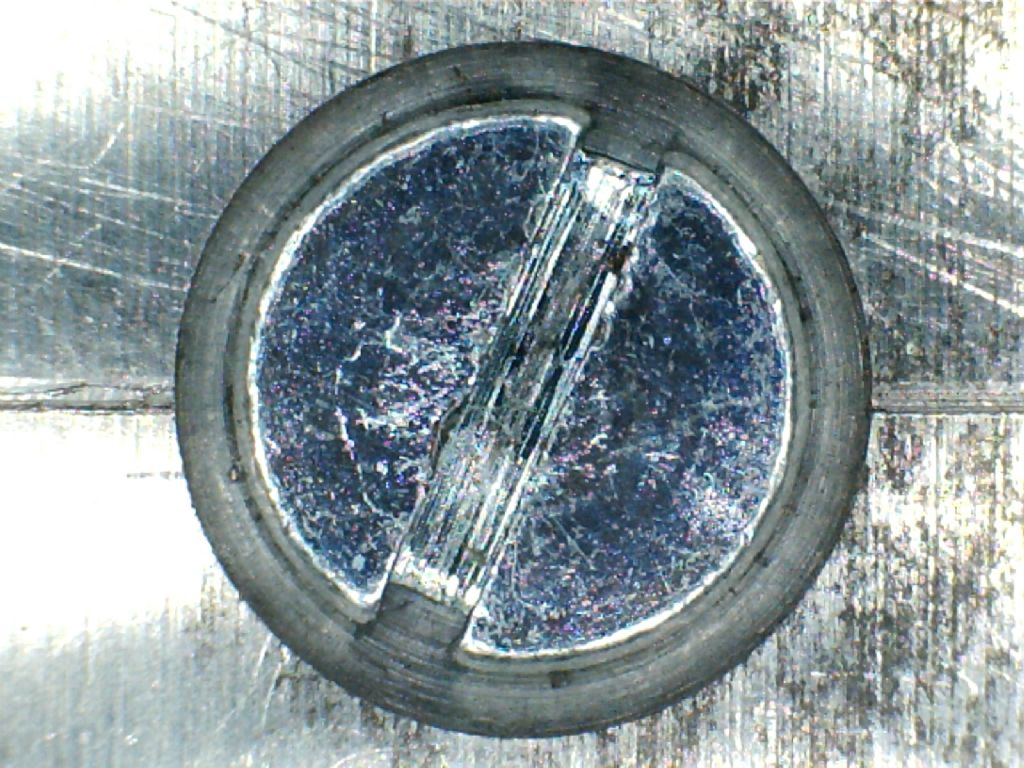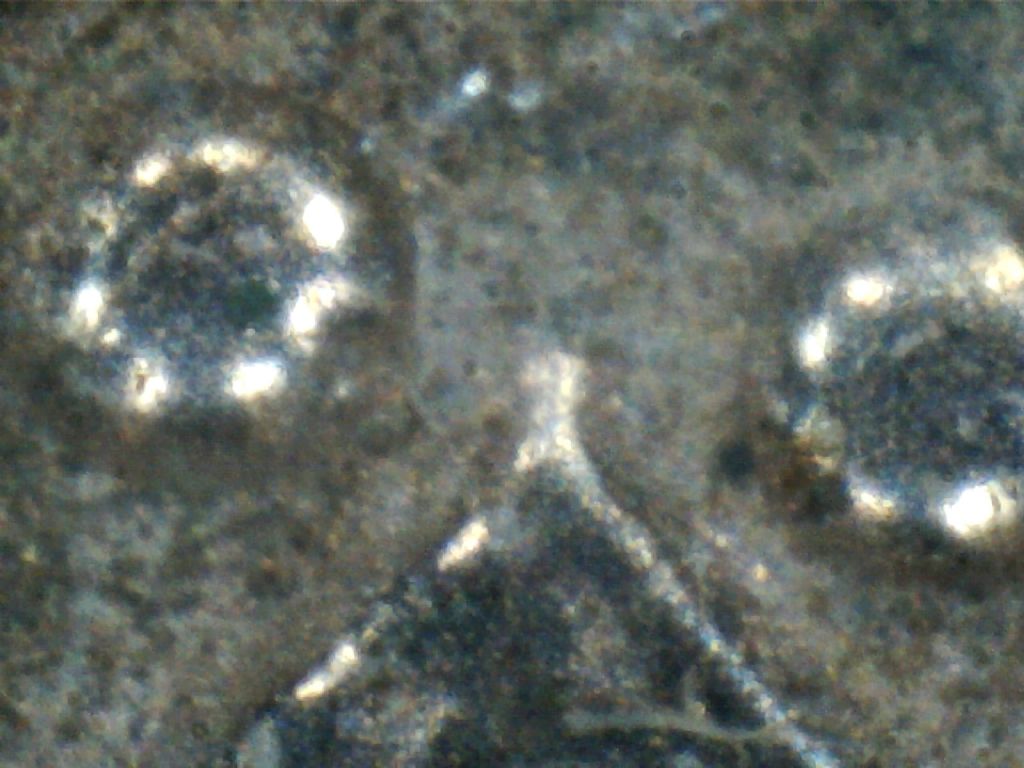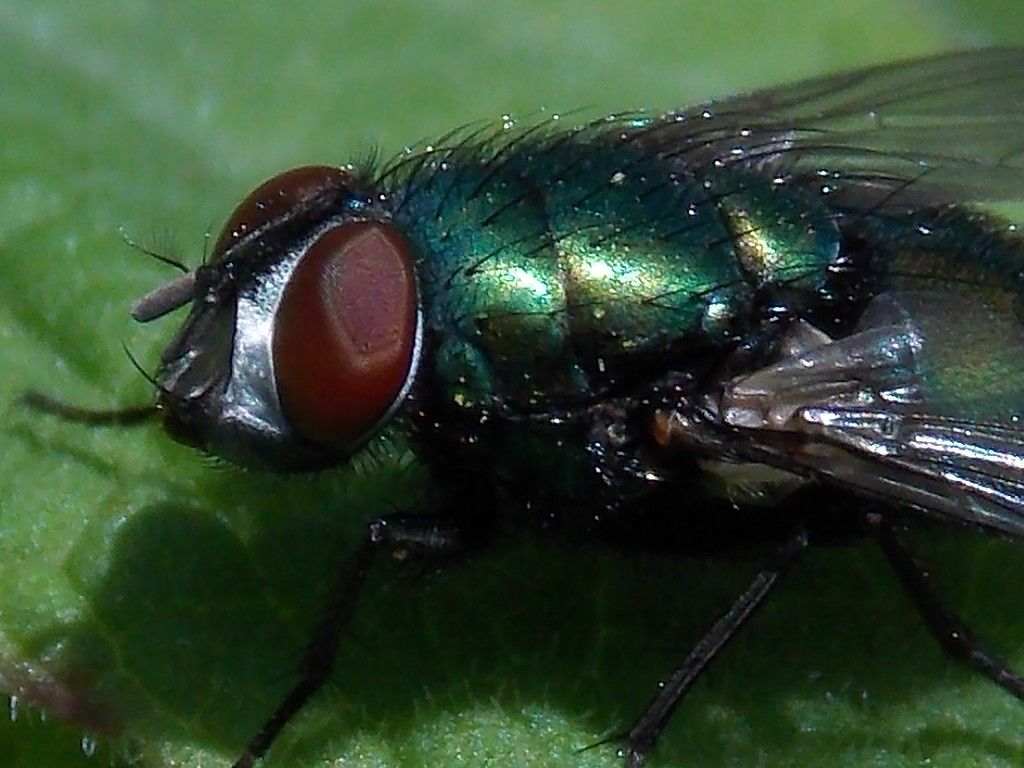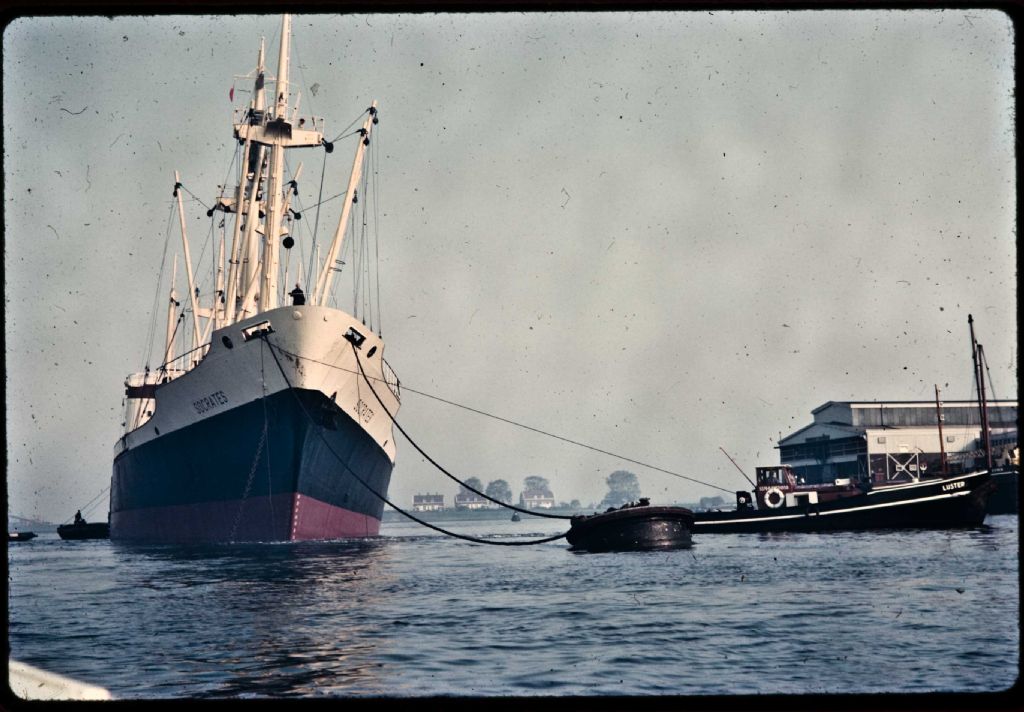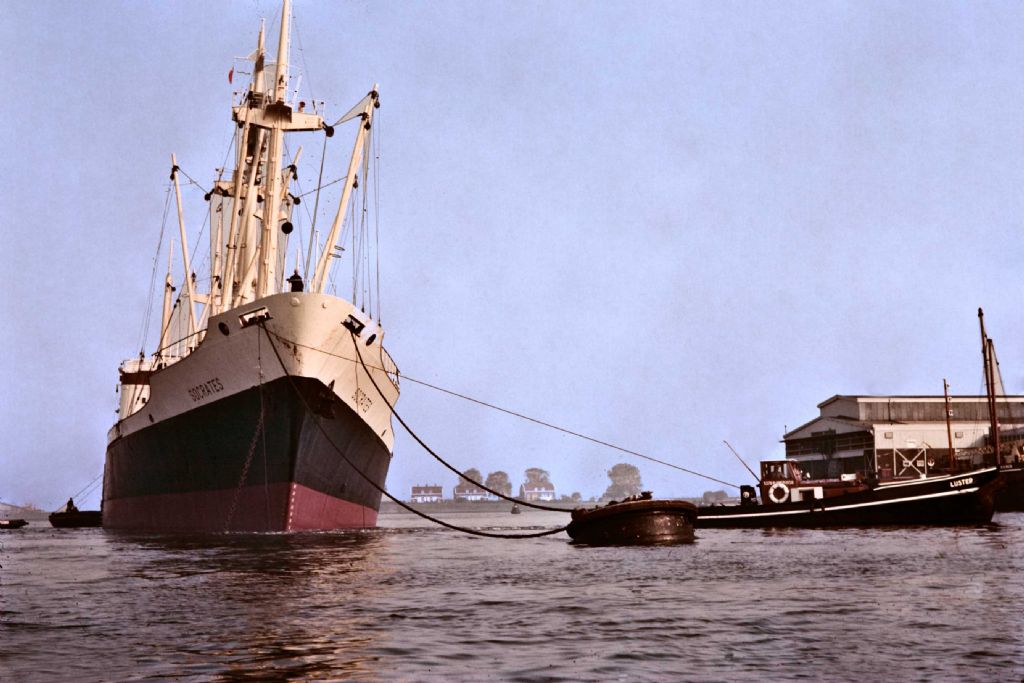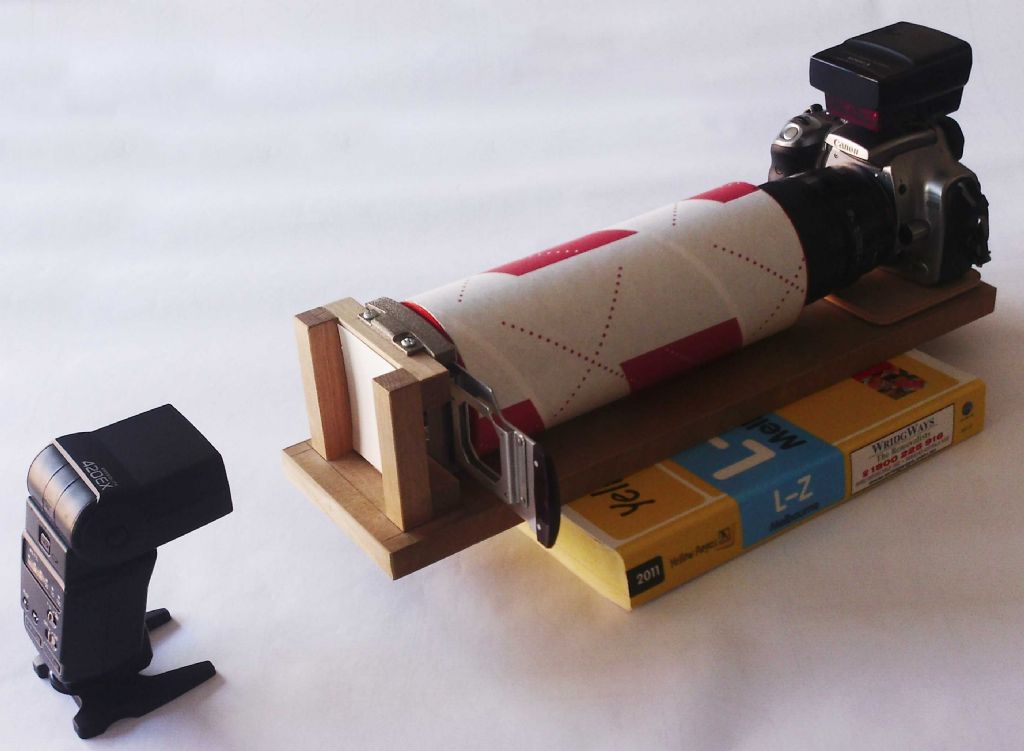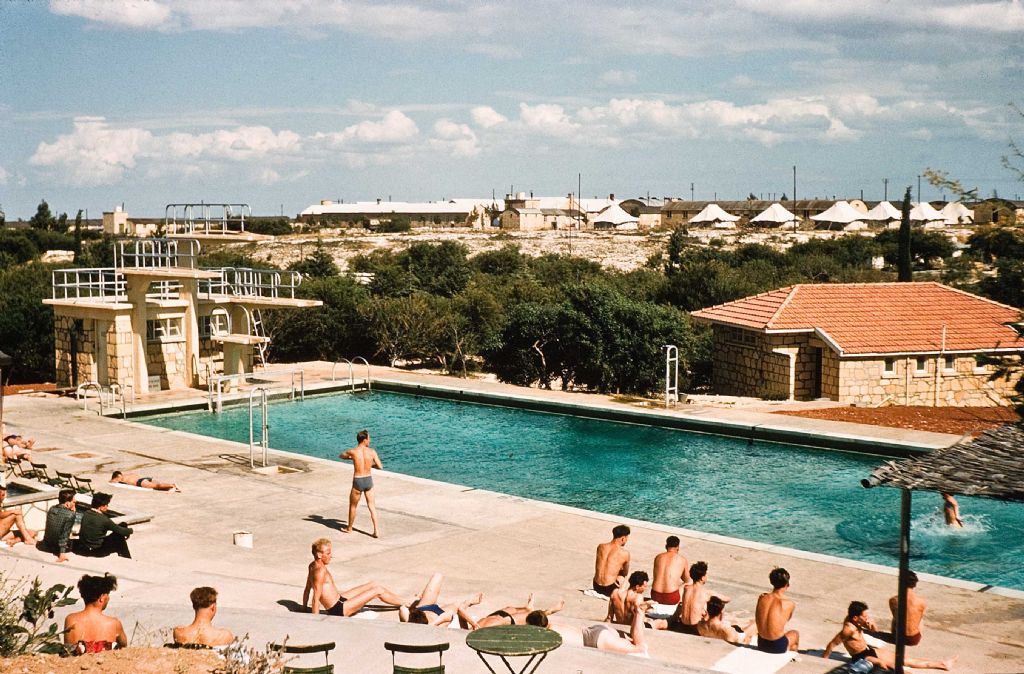Part 2
Here’s my continuation of Part 1.
I rather like Raymond G’s comments about the 64 LED photographic lights. One of the difficulties with flash off the camera, is knowing where to position the flash light(s) for best modelling.
As for my actual digitising as requested by David Littlewood, I thought it better to describe my setup, especially since building equipment etc. is the primary topic of ME.
I decided upon using my (at the time – newly purchased) 100mm macro lens and to photograph the slides directly. You can see from the setup that the lens was `buried’ inside a cardboard tube, thus while avoiding extraneous light. It did however remove access for manual focussing. This was not really an issue since the Canon lens was equipped with ultrasonic auto-focus. Wonderful stuff!
With a very limited workshop, I set about building (more like assembling) a slide copier. My photographs show the physical set up. To capture the whole setup and how the camera was positioned, I had to take a couple of pictures through a low cost digital camera, hence the poorer quality images.

The basic parts of the setup are a slide carrier `borrowed’ from my now rather ancient slide projector; a large diameter (about 95mm) cardboard post-office document tube with its plastic end caps; and a couple of MDF drinks coasters. These latter items were used to pack the underside of the camera until the centre-lines of camera and slides were properly lined up and square. All this was mounted onto a larger piece of MDF, while a piece of wooden dowel served to locate the camera via its 1/4" Whit tripod hole.
With the post-office tube, the camera to slide distance (minus the lens), turned out to be close to 320mm. However, for the lens to fit properly and be supported without any interference with the focussing mechanism, a shorter length (about 230mm) of tube was necessary.
Single central holes were cut into the two polyethylene tube end caps. One hole was about 45mm for the slide-carrier end (could have been slightly larger, but not critical), and one about 70mm into which the lens could slide neatly and would fully locate both the lens and the camera. This latter task was accomplished carefully by hand using a sharp scalpel. It should be emphasised that the plastic end caps are made from high-density polyethylene, which requires a fair degree of skill and extreme care to allow for this material’s very slippery nature. Be very careful if you take on this task, it’s easy for the knife/scalpel to slip.
Continued in Part 3
 Nicholas Farr.
Nicholas Farr.


